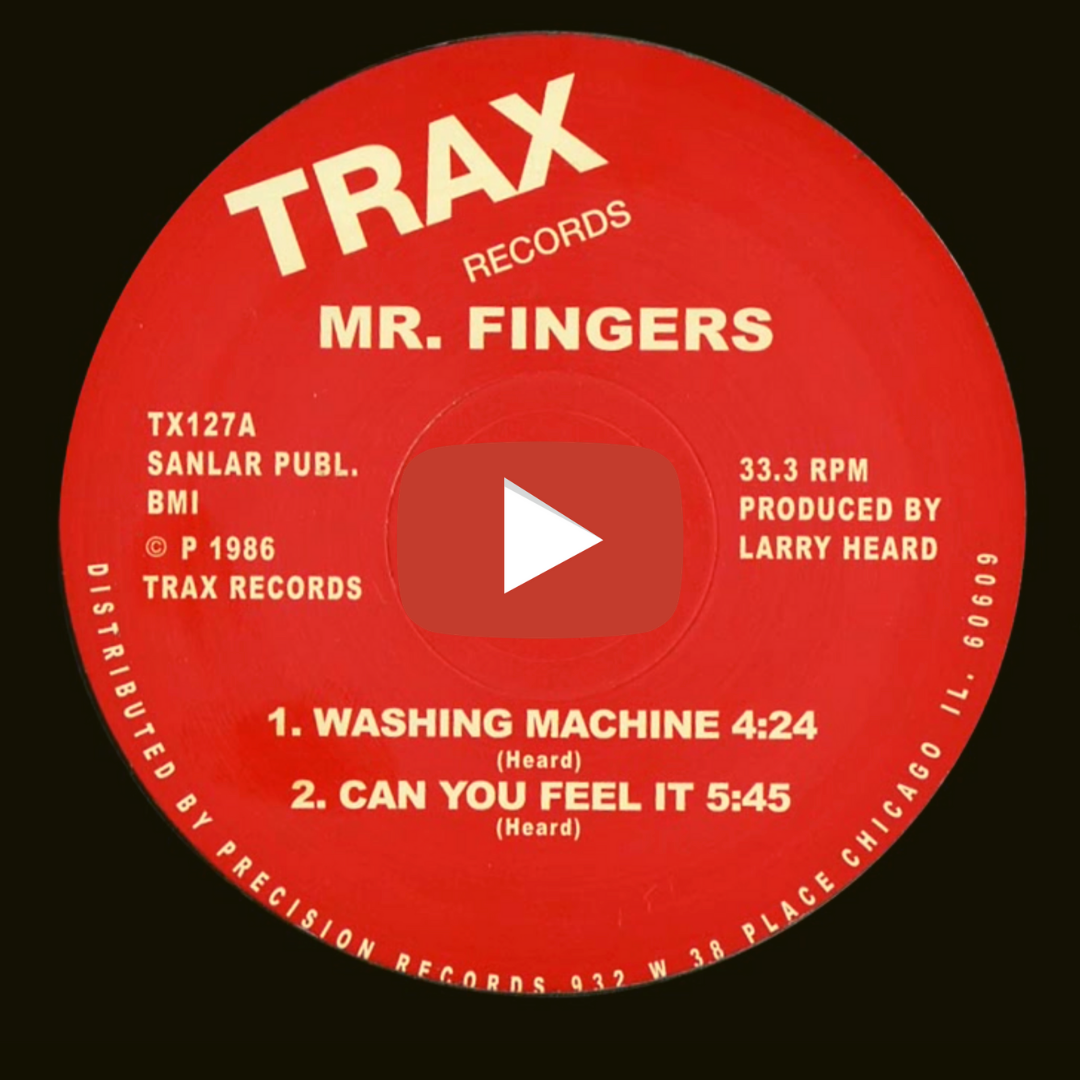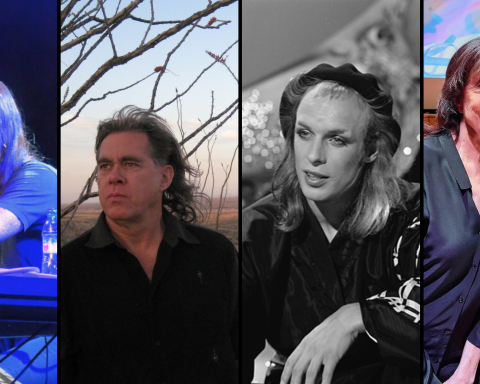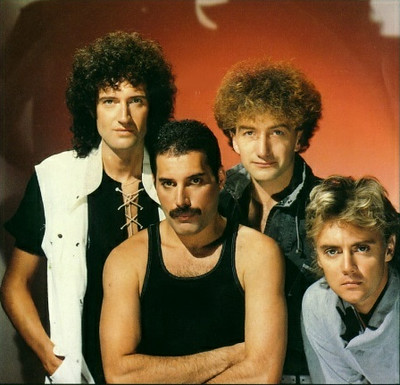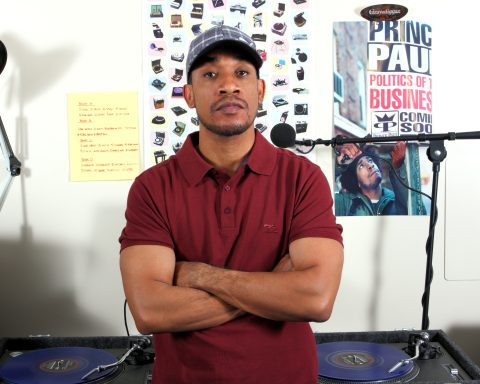In 1986 there was no template for house music. This may be why some of its most iconic and visceral tunes come from this era. Producers worked with limited resources, newly formed skills, and raw emotion. Among these beat scientists was Larry Heard (AKA Mr. Fingers) who supplemented his income as a drummer in various bands as a civil servant. Without the benefit of following the path of those who came before them, producers like Mr. Fingers were free to experiment.
Creativity from Frustration
Heard had big musical ideas, yet his role as a beat keeper kept those dreams muted. Frustrated by a bandmate’s creative suppression, he went solo in 1984. With some savings from his government job, he purchased a Roland JUNO-60 and a TR-909. A few days later, Heard constructed a soulful sound that overflowed with textural nuance. He unknowingly created a template for deep house and wrote three enduring pieces of music in the process.
Starkly beautiful, “Can You Feel It” is one of the most iconic pieces of 20th-century dance music. The track’s beauty lies in its simplicity. The bounce of the hollowed-out bassline rattled the speakers became a hallmark of Heard’s work. A smooth three-chord synth line, the notes were elegantly clustered in a nod to his jazz training. Of course, there’s also the hypnotic thump of the kick drum. The “Can You Feel It” track is both hopeful and wistful.
"Starkly beautiful, 'Can You Feel It' is one of the most iconic pieces of 20th-century dance music."
A Sparse Beauty
Gorgeously uncomplicated, Heard played its scant elements on two pieces of Roland gear. The whole thing happened using a rudimentary tool ’80s and ’90s babies will remember well: cassette tape.
In an interview with Vice News, Heard detailed the process. “I had two cassette decks,” he said. “There were no digital recorders or even multitrack recorders. I did one take, one pass, on one tape, then ran it back to the other one, played some other parts by hand that I wanted to add. And that was pretty much the recording process. It wasn’t exactly the Beatles.”
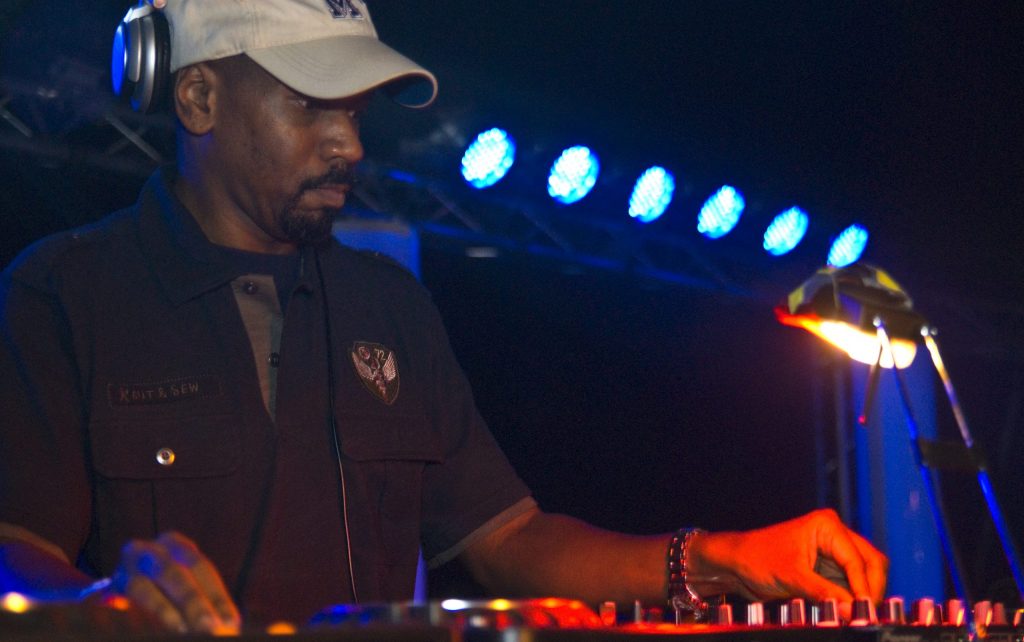
Industry Benefits and Challenges
When Heard recorded “Can You Feel It,” he’d begun to immerse himself in the Chicago house scene. It wasn’t until meeting his Fingers Inc. partner Robert Owens, that he began to learn about the industry. Owens introduced Heard to DJ International and Trax Records.
Trax and DJ International played a significant role in establishing Mr. Fingers as a bonafide legend. Unfortunately, Heard and his contemporaries paid a price for the exposure they received. Trax and DJ International leveraged their status as the largest house labels to pressure young producers into predatory deals. They promised a lifetime of royalties in exchange for complete ownership of rights.
"When Heard wrote 'Can You Feel It,' house was in its infancy, a localized but passionate footnote in music history."
Heard admitted to Red Bull Music Academy that, “I definitely got numerous tens of thousands of dollars from Larry Sherman for one song.” Still, at some point, the payments stopped. In 2019 Heard and Owens sued Trax for $1M in unpaid royalties. He made the following claims, echoing so many music business stories. Heard said they created a catalog by “taking advantage of unsophisticated but creative house music artists.” He went on to accuse them of forcing artists to “sign away their copyrights to their musical works for paltry amounts of money upfront.”
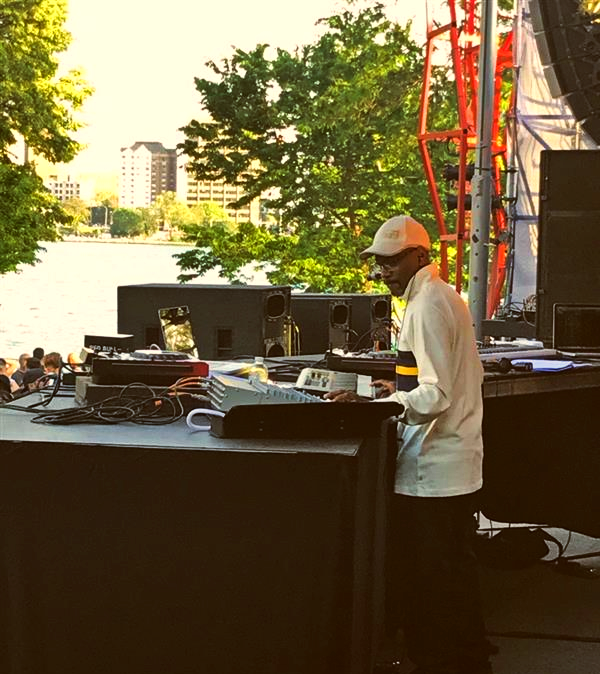
Creating the Blueprint
When Heard wrote “Can You Feel It,” house was in its infancy, a localized but passionate footnote in music history. As it grew into a relevant element of pop culture, fans and curators continued to revisit the songs that provided the blueprint. Mr. Fingers’ legacy as one of the architects was firmly established that day while viscously throwing down on his box.
